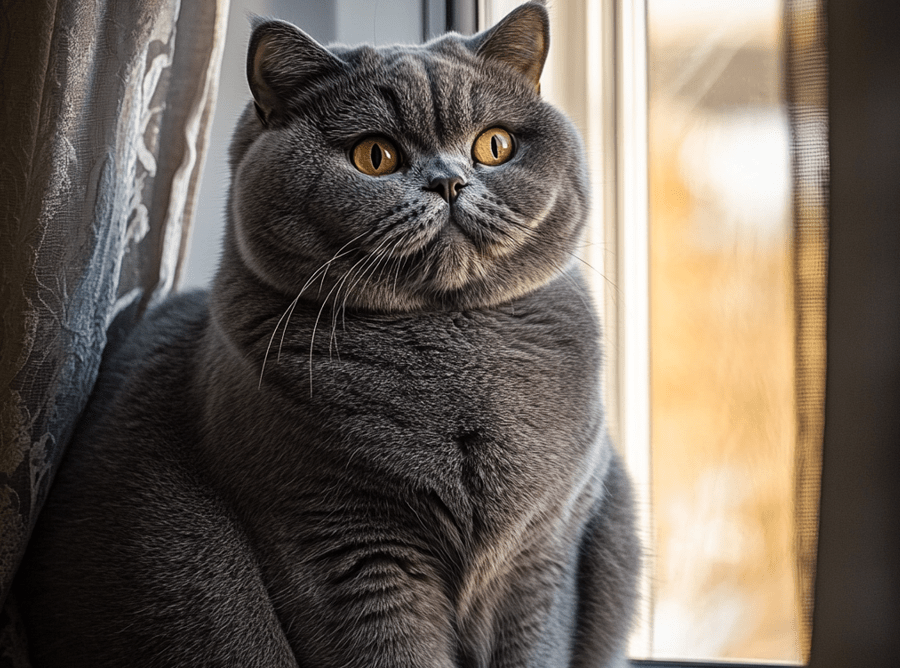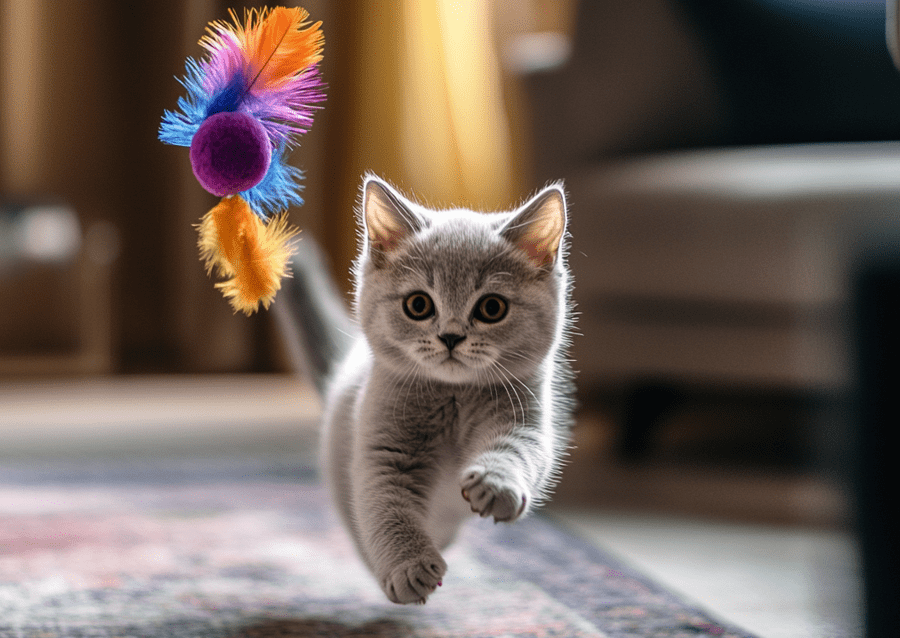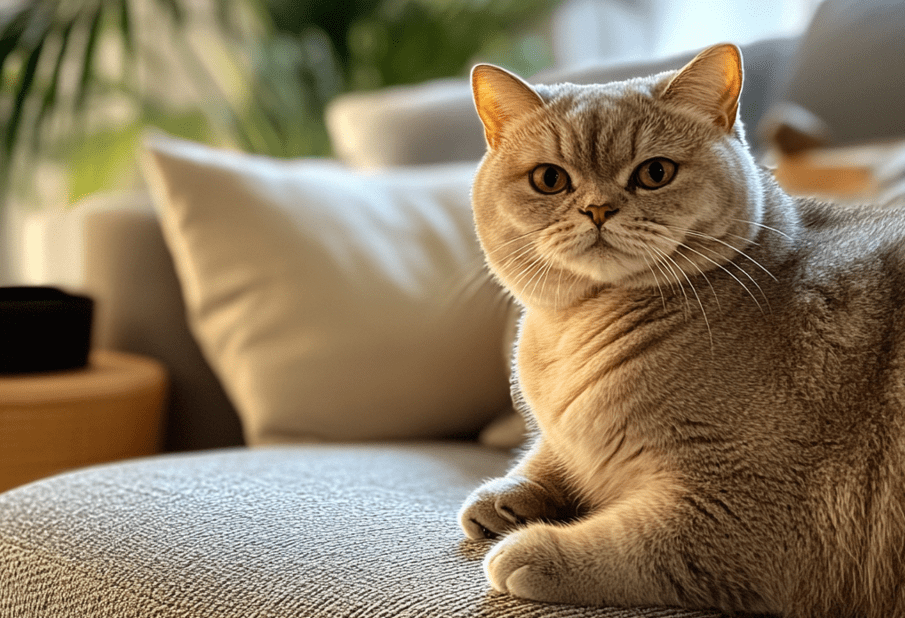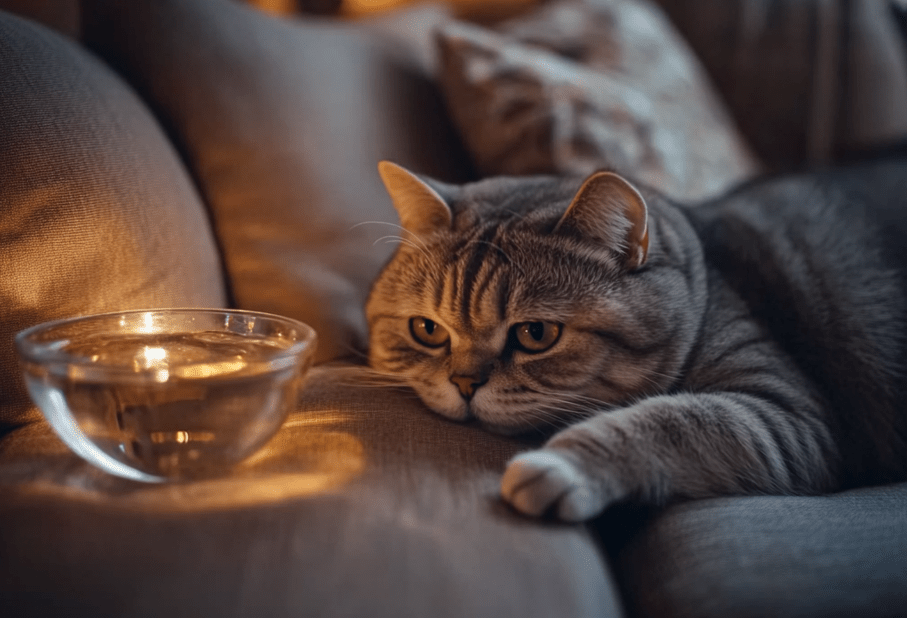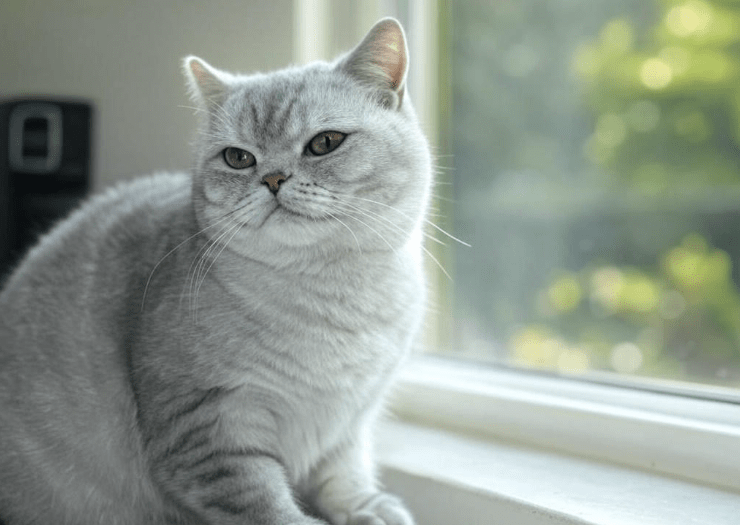
British Shorthairs are beloved for their plush coats, round faces, and calm demeanor, but their nutritional needs vary significantly between kittenhood and adulthood. Proper British Shorthair feeding is essential to support their growth, maintain their sturdy build, and ensure lifelong health. Whether you’re nurturing a playful kitten or caring for a mature adult, understanding the differences in their dietary requirements is key. This comprehensive guide explores the best feeding practices for British Shorthair kittens and adults, offering expert tips, nutritional insights, and practical advice to keep your cat thriving at every life stage.
Why British Shorthair Feeding Matters
British Shorthairs are a robust breed with a stocky, muscular frame, but their unique physiology makes them prone to certain health issues, such as obesity and urinary tract problems. Tailoring their diet to their age and lifestyle is critical for preventing these conditions and promoting overall well-being. Proper British Shorthair feeding ensures they receive the right balance of nutrients to support growth in kittens and maintain health in adults, while also addressing their tendency toward weight gain.
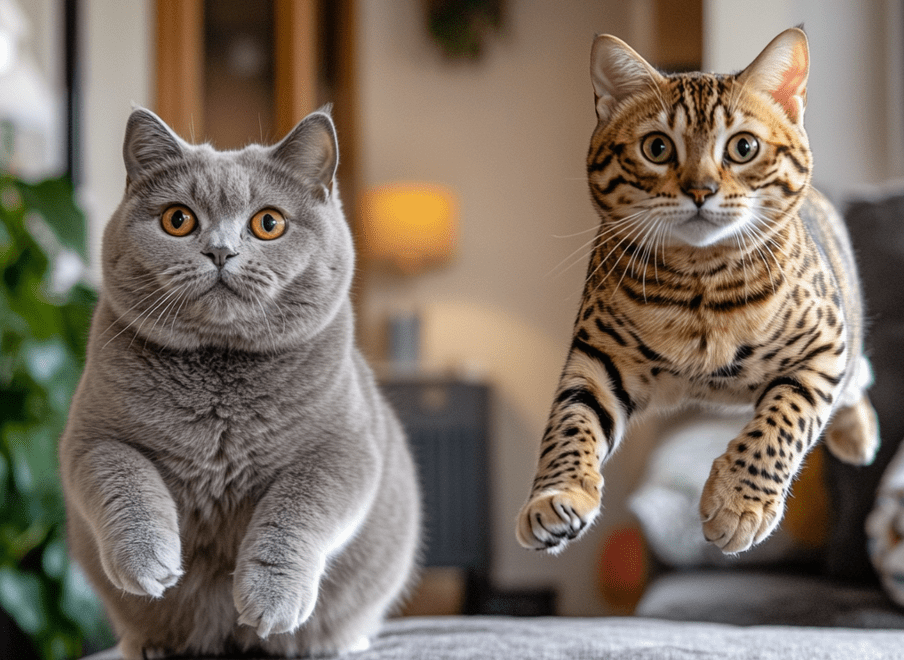
Nutritional Needs of British Shorthair Kittens
Kittens are in a rapid growth phase, requiring a diet rich in calories, protein, and essential nutrients to support their developing bones, muscles, and immune systems. British Shorthair kittens, in particular, need:
High-Quality Protein: To fuel muscle development and growth.
Healthy Fats: For energy and brain development.
Calcium and Phosphorus: For strong bones and teeth.
DHA (Docosahexaenoic Acid): An omega-3 fatty acid that supports brain and vision development.
Vitamins and Minerals: To bolster immunity and overall health.
Kittens also have smaller stomachs and higher energy needs, requiring frequent, nutrient-dense meals.
Nutritional Needs of British Shorthair Adults
Adult British Shorthairs have lower energy requirements but need a balanced diet to maintain their muscular build and prevent obesity. Key nutritional considerations include:
Moderate Protein: To maintain muscle mass without excess calories.
Controlled Calories: To prevent weight gain, a common issue in this breed.
Fiber: To support digestion and prevent hairballs.
Omega Fatty Acids: For skin, coat, and joint health.
Taurine: An essential amino acid for heart and eye health.
Adults benefit from portion-controlled meals to avoid overeating, which can lead to obesity-related issues like diabetes or joint problems.
Feeding Tips for British Shorthair Kittens
British Shorthair kittens require careful attention to their diet to ensure healthy growth and development. Here are expert tips for British Shorthair feeding during kittenhood (up to 12 months):
1. Choose Kitten-Specific Food
Select high-quality kitten food labeled for growth, as it contains the elevated protein, fat, and calorie content needed for development. Look for brands that list real meat (e.g., chicken, turkey, or fish) as the first ingredient and include DHA for brain health.
2. Feed Small, Frequent Meals
Kittens have small stomachs and high energy demands. Feed 4–5 small meals daily up to 6 months, then reduce to 3–4 meals until they reach 12 months. A typical schedule might look like:
Morning: 1/4 cup of kitten kibble or wet food.
Midday: 1/4 cup of wet food.
Afternoon: 1/4 cup of kibble.
Evening: 1/4 cup of wet food.
Adjust portions based on your kitten’s weight and activity level, following package guidelines or consulting your vet.
3. Prioritize Wet Food
Wet food is ideal for kittens due to its high moisture content, which supports hydration and urinary health. British Shorthairs are prone to urinary issues, so combining wet and dry food can promote kidney function and prevent crystal formation.
4. Avoid Free-Feeding
Free-feeding (leaving food out all day) can lead to overeating and weight gain, even in kittens. Stick to scheduled meals to establish healthy eating habits early.
5. Transition Gradually
When introducing a new food, transition over 7–10 days to avoid digestive upset:
Days 1–3: 25% new food, 75% old food.
Days 4–6: 50% new food, 50% old food.
Days 7–9: 75% new food, 25% old food.
Day 10: 100% new food.
Monitor for signs of digestive issues, such as diarrhea or vomiting, and slow the transition if needed.
6. Provide Fresh Water
Ensure constant access to clean water to support digestion and urinary health. Consider a cat water fountain to encourage drinking, as British Shorthairs may be reluctant to drink from still bowls.
Feeding Tips for British Shorthair Adults
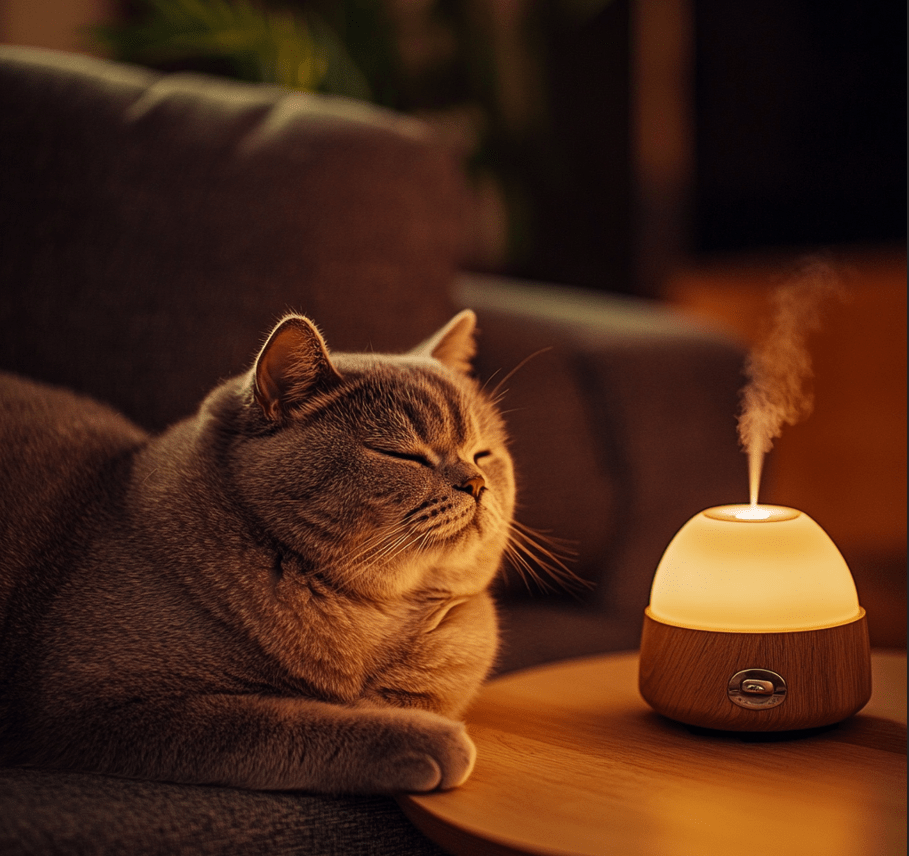
Once your British Shorthair reaches adulthood (around 12 months), their dietary needs shift toward maintenance and weight management. Here are key tips for British Shorthair feeding in adulthood:
1. Select Adult-Specific Food
Choose high-quality adult cat food formulated for maintenance, with moderate protein and calorie levels. Look for formulas that support weight control and urinary health, such as those with added cranberry extract or low magnesium content.
2. Control Portions
British Shorthairs are prone to obesity, so portion control is critical. Feed 2–3 meals daily, with portions based on your cat’s weight and activity level. For example:
1.A 10-pound adult may need 1/2–3/4 cup of dry food daily, split into two meals.
2.Combine with wet food (e.g., 3 oz per meal) for added moisture.
Use a measuring cup to ensure accuracy, and avoid “eyeballing” portions.
3. Monitor Weight
Weigh your cat monthly to ensure they maintain a healthy body condition score (BCS). You should feel their ribs with slight pressure and see a defined waistline from above. If your cat gains weight, reduce portions or switch to a weight-management formula.
4. Incorporate Wet Food
Wet food remains beneficial for adults, providing hydration and reducing calorie density compared to dry food. Aim for a mix of 50% wet and 50% dry food, or consult your vet for a tailored ratio.
5. Avoid Human Foods
British Shorthairs may beg for table scraps, but human foods like dairy, onions, or chocolate can cause digestive upset or toxicity. Stick to cat-specific treats in moderation.
6. Support Digestive Health
Choose foods with added fiber (e.g., beet pulp or psyllium) to prevent hairballs and promote regular bowel movements. Probiotics or prebiotics can also support gut health, especially for cats with sensitive stomachs.
Key Differences in British Shorthair Feeding: Kittens vs. Adults
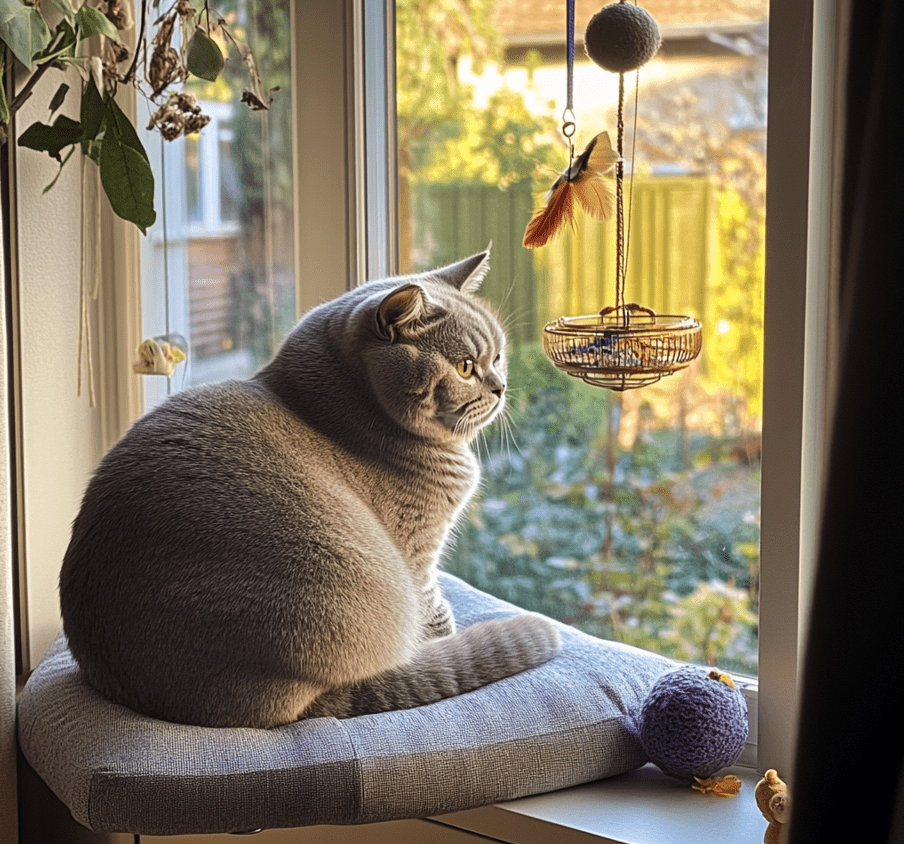
To highlight the distinctions in British Shorthair feeding, here’s a comparison of kitten and adult dietary needs:
|
Aspect |
Kittens (0–12 Months) |
Adults (1+ Years) |
|---|---|---|
|
Calorie Needs |
High (for growth) |
Moderate (for maintenance) |
|
Protein Content |
High (30–40%) |
Moderate (25–35%) |
|
Meal Frequency |
4–5 meals daily |
2–3 meals daily |
|
Food Type |
Kitten-specific (wet or dry) |
Adult-specific (wet or dry) |
|
Focus |
Growth, immunity, brain development |
Weight control, urinary health, maintenance |
|
Portion Size |
Smaller, frequent portions |
Larger, controlled portions |
Understanding these differences ensures you provide age-appropriate nutrition for your British Shorthair.
Recommended Foods for British Shorthair Feeding
Here are some top food recommendations for British Shorthair kittens and adults, chosen for their quality, nutritional balance, and suitability for this breed:
For Kittens
Royal Canin Kitten Food
Key Features: High protein, DHA, and vitamins for growth; small kibble for easy chewing.
Why It’s Great: Supports immunity and development in British Shorthair kittens.
Hill’s Science Diet Kitten
Key Features: Chicken-based protein, antioxidants, and omega-3s for brain health.
Why It’s Great: Promotes healthy digestion and strong bones.
Blue Buffalo Basics Kitten
Key Features: Limited-ingredient formula with turkey and potatoes, ideal for sensitive stomachs.
Why It’s Great: Reduces risk of food sensitivities.
For Adults
Royal Canin British Shorthair Adult
Key Features: Tailored for the breed with moderate calories, taurine, and omega-3s.
Why It’s Great: Supports weight management and heart health.
Purina Pro Plan Adult Weight Management
Key Features: High protein, low calorie, with fiber for digestion.
Why It’s Great: Helps prevent obesity in sedentary adults.
Orijen Fit & Trim
Key Features: High protein, low carb, with natural fiber and whole-prey ingredients.
Why It’s Great: Mimics a natural diet while controlling weight.
Always consult your veterinarian before choosing a new food, especially if your cat has specific health needs.
Additional Tips for British Shorthair Feeding
Beyond choosing the right food, these practices enhance British Shorthair feeding and overall health:
1. Maintain a Feeding Schedule
Consistency helps regulate digestion and prevents overeating. Feed at the same times daily, and remove uneaten food after 20–30 minutes (for wet food).
2. Encourage Hydration
Place multiple water bowls around your home or use a pet fountain to promote drinking. Wet food or broth can also increase moisture intake.
3. Groom Regularly
British Shorthairs have dense coats, making them prone to hairballs. Brush weekly to reduce loose hair and prevent digestive blockages.
4. Exercise for Weight Control
Encourage play with toys like feather wands or laser pointers to keep your cat active. Exercise supports metabolism and prevents obesity, which can strain the digestive and urinary systems.
5. Monitor Health
Watch for signs of dietary issues, such as vomiting, diarrhea, or changes in appetite. Regular vet checkups can catch problems like obesity or urinary issues early.
Common Mistakes to Avoid in British Shorthair Feeding
To optimize British Shorthair feeding, steer clear of these pitfalls:
Overfeeding: Excess calories lead to obesity, especially in adults.
Choosing Low-Quality Food: Fillers like corn or soy can cause digestive issues.
Ignoring Hydration: Insufficient water intake increases urinary risks.
Sudden Diet Changes: Always transition foods gradually to avoid upset stomachs.
Feeding Human Foods: Many are toxic or disruptive to feline digestion.
Conclusion

Proper British Shorthair feeding is the cornerstone of a healthy, happy cat, whether they’re a growing kitten or a mature adult. By tailoring their diet to their life stage—high-calorie, nutrient-dense food for kittens and controlled, balanced meals for adults—you can support their growth, prevent obesity, and promote lifelong wellness. The feeding tips, food recommendations, and expert advice in this guide provide a roadmap to meet your British Shorthair’s unique nutritional needs. Pair a high-quality diet with regular exercise, hydration, and veterinary care to ensure your cat thrives for years to come.

